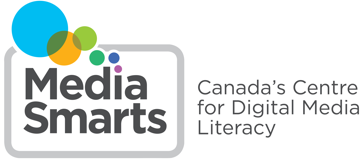Talking to your kids about sexting
Sexting is most likely to have negative consequences when the person sending the sext has been pressured into doing it.

Sexting is most likely to have negative consequences when the person sending the sext has been pressured into doing it.

There’s a long-standing relationship between sex and the Internet. As far as back the 1980s, Usenet and local bulletin board systems were used to share pornographic text files and crude (in both senses) graphics, and people have been using digital media to form and carry out online relationships at least as long. However, just as estimates of how much online traffic and content is made up of sexual material tend to be exaggerated[1], our new report – Sexuality and Romantic Relationships in the Digital Age – from MediaSmarts’ Young Canadians in a Wired World survey of 5,436 students, shows that for Canadian youth, sexuality and romantic relationships play a fairly small part of their online lives.

It’s hard to think of a recent digital technology issue that’s captured the public imagination more than sexting. This may be because it combines elements of the classic moral panic with more modern “technopanic,” provoking worries not just about the morality of our children – and, in particular, young girls – but also about the possible effects of technology on how we grow, think and behave. As with most panics, of course, the issue is substantially more complicated and less sensational than we perceive it to be, and while it’s unlikely that our worries about sexting will ever seem in retrospect to be as absurd as our grandparents’ fears about crime comics, MediaSmarts’ new data shows that many of our beliefs and assumptions on the subject need closer examination.

It is natural for adolescents to be curious about sex: MediaSmarts’ research suggests that one in six grade 7- 11 students use the Internet to look for information about sexual health. Twenty percent of kids that age look for pornography online, but a third see it without looking for it — and close to half take steps to keep from seeing it.

he beginning of another school year is here, and as it does many parents are beginning to wonder how they can help their kids ease out of summertime media habits. In addition to having to establish new rules for media use, parents may also face a barrage of requests and questions from their kids regarding digital technology, such as: Am I old enough to have a cell phone? Can I bring it to school? How about my iPod? What about Facebook or Twitter – all my friends are on them, I need to use them to talk about my homework!

TV, music and movies have been a central part of young people’s lives for generations, and the Internet has only intensified that by delivering all of those directly to our homes – legally and illegally.

Canadian teens love to socialize online, and they especially love to share photos.
